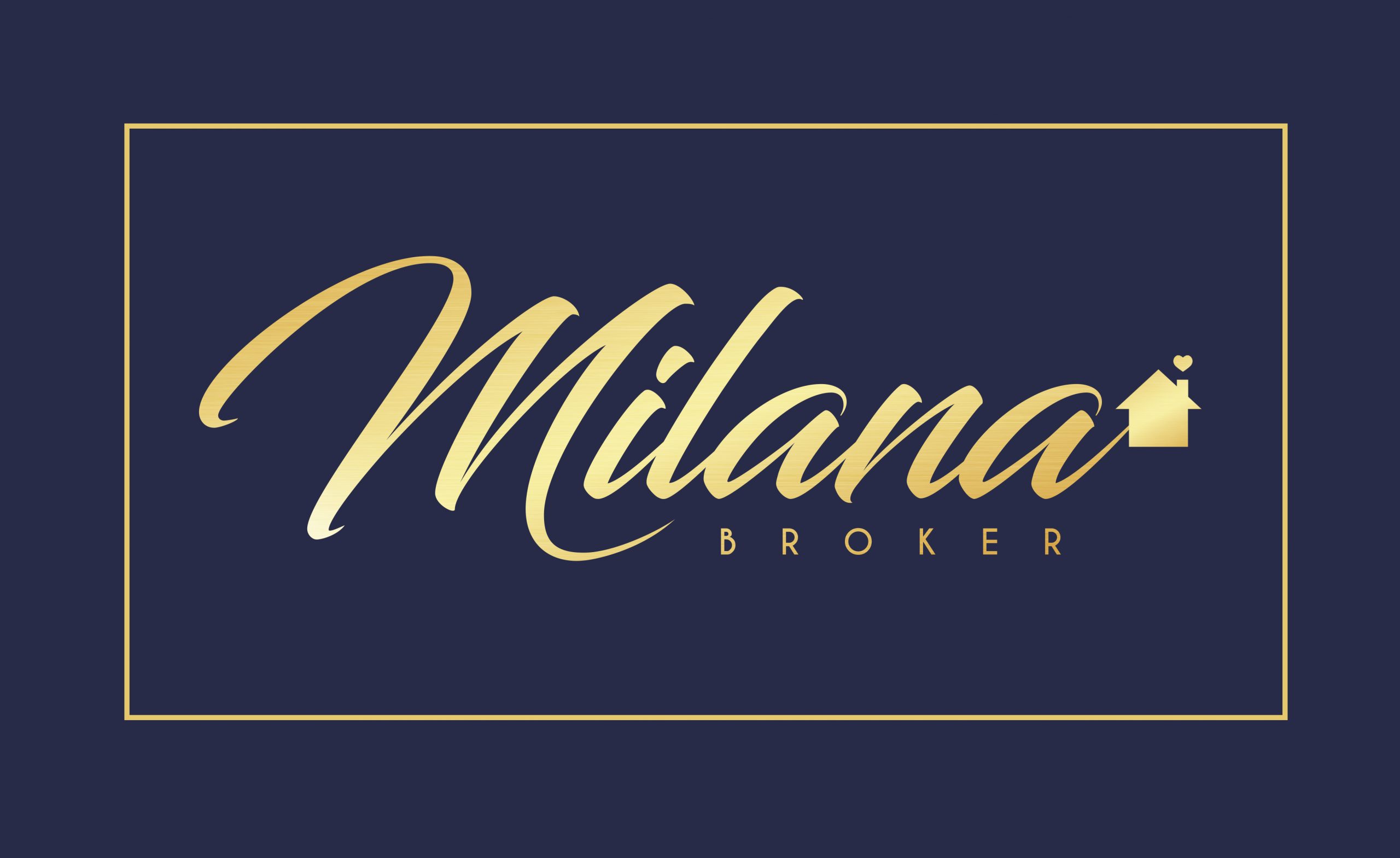Is Solar Energy Right for Your House?
By the end of 2015, solar panels will be on more than a million homes in the U.S. In over a dozen states around the country, you can go solar with $0 down and actually save money on your electric bill — and more states are coming online regularly.
Before you call a solar installer, how do you know if you’ll be a prime candidate for benefiting from solar energy? Here are a few things to know.
Are you ready to go solar? Solar Energy only makes financial sense for your home if solar panels can make electricity for a lower cost than what you pay a utility for electricity. Not only does a sunny climate matter, high electricity costs are essential as well.
This means that sunny states that also have high electricity costs, like Hawaii and California, are prime locations for solar energy. But it also means that states in New England, where the average residential customer pays nearly 20 cents per kWhr for electricity, have also become a great place for solar.
A typical solar installation is about 4 to 5 kW, which would mean the surface area covered by panels needs to be at least 270 square feet. That may be 10 feet high by about 27 feet wide on a typical installation. There’s no hard and fast rules about panels being assembled in a perfect rectangular shape on a roof, but a significant amount of open space is needed.
Large trees that shade a roof can be a problem, and so can roofs that don’t have large, south-facing surfaces. But orientation of your roof may not be as important as you might think. According to SolStats, a roof with a 35-degree pitch that faces directly east or west instead of facing south would lose about 20 percent of its potential electricity generation. That’s a significant loss, but might not be a deal-breaker in your decision to go solar.
In locations with dynamic pricing, it may even be advantageous to have a roof that faces west, because electricity demand, and therefore cost, is generally higher in afternoon and early evening hours, when air conditioning demand is highest. So, as long as you have a surface that can support panels and gets little shade, you don’t need to have a perfectly south-facing roof to make solar panels work for you.
The next big question is: How do you pay for solar panels? An installation can be as little as $15,000 or as much as $60,000, depending on the system, so financing is important.
There are three main ways to pay for solar panels today: cash, loan and lease. Cash is simple enough: You agree on a price from an installer and pay up front for the solar system. All tax or cost benefits then go to you as the owner of the system.
Loans are beginning to grow in popularity and complexity. SunPower has partnered with Admirals Bank to provide up to $60,000 for homeowners to buy solar systems. SolarCity has gone a different route, offering loans itself and even tying in payments to when tax credits are earned and how much electricity is produced. The advantage of a loan is that you own the system, which can add value to your home for decades, and the downside is that there may be a down payment, which could cost you more money early in the system’s life. Loans are relatively new to residential solar, so expect more options to become available as the industry grows.
The most common financing for solar panels today is the lease. With a lease, a company like SolarCity will own the solar panels and you pay a predefined price for the electricity produced. The advantage with a lease is that it can be $0 down and save you money every month on your electricity bill. The biggest disadvantage is that if you sell your home, a lease has to be transferred to the new owner or bought out, which can make the sale process more complicated.
If you think solar energy could be right for you, there are a number of ways to get more information about what it would cost on your home. SolarCity, Vivint Solar and SunPower build or finance over half of the residential systems installed in the U.S. every year, and visiting their websites to get a quote would be a great start.
The Solar Energy Industries Association also has a comprehensive database of installers. This will include smaller installers that may be locally owned or offer panels not stocked by larger companies.
As solar grows, consumers have a growing number of options, so don’t be afraid to get multiple quotes. Now that the cost of solar energy has come down, you might be surprised to see how cheap it is for you to go solar in 2015.
| Blueprint Building Inspections (416) 694-5859 www. |


